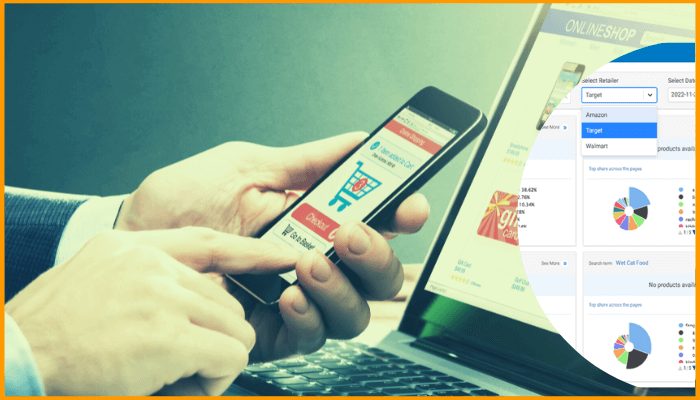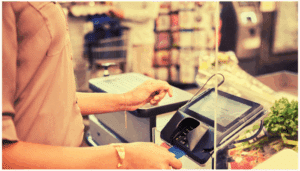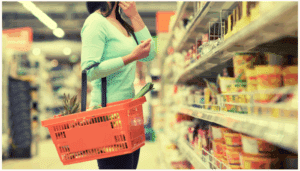Are Delivery Options Drowning Out Price Differentiation in E-commerce?
Reading Time: 8 Minutes
For years, dynamic pricing in e-commerce reshaped shopper expectations.
The hunt for the lowest price became effortless, and loyalty to any single store eroded. Retailers rushed to respond—rolling out price-matching policies and deploying competitive monitoring tools.
But this follow-the-leader, race to the bottom has left retailers trapped. Prices look the same across the market, differentiation is eroded, and brands struggle to protect profitability.
Meanwhile, a new battleground has emerged: delivery speed and convenience.
Shoppers Value Speed—But Not at Any Cost
Consumers today expect fast, free delivery.
A recent Coresight Research study found that the #1 feature U.S. shoppers value when choosing a retailer is fast, free shipping. Yet the reality is more nuanced:
- 60% of consumers expect free two-day delivery, but fewer than 40% of retailers consistently offer it.
- 55% of shoppers say they’ll pay a premium for same- or next-day delivery.
- Nearly 90% abandon carts when shipping costs feel too high or unclear.
This tells us speed matters—but cost, flexibility, and reliability matter just as much.
Local availability matters. Amazon is expanding same- and next-day service to 4,000 smaller U.S. cities by 2025. Walmart leverages its dense store network to reach 95% of U.S. households with fast fulfillment.
Ship-from-store is accelerating. Retailers using ship-from-store models have reduced cancellations from 14% to 2% and lowered freight costs by 20%.
AI is reshaping last-mile logistics. Predictive analytics, real-time routing, and theft prevention now reduce costs and increase shopper trust.
The need for store or zip-code level data is crucial to meet the various delivery options that customers expect.
It’s a very real occurrence where a shopper will first compare prices at different retailers and then delivery options. Just like price historically could drive a shopper to change retailers or product, today’s shopper may look for other options if the ease of deliverability is not present.
With the shift in buying behavior of customers during and post pandemic, it’s evident that customers prefer convenience. They are willing to spend more to get groceries and other online purchases delivered to them.
Delivery Demand Will Continue to Evolve
Realistically, shoppers have tolerance for both price and deliverability flexibility.
However, too many retailers still lack access to the competitive, local data they need to make decisions and investments in the areas that can impact profitability and sales as they relate to prices and deliverability.
The immediate concern is identifying whether you are capable of looking at deliverability as a variable metric, have access to zip-code level data and can identify and act on the opportunities and risks the data reveals.
Why zip code?
Availability and pricing can give you an edge on attracting customers. For a brand it is important to know as part of the supply chain effort, whether or not your product is reaching the intended stores as promised by the retailer. If the brand is investing in a store level promotion but turns out the inventory either was low or never reached the store on time, the uplift expected with the promotion will not reflect. For a retailer on the other hand availability of the product in the region as compared to their competitors gives an edge in inviting customers to your store as compared to your competitors.
The retailers that figure this out, will have a significant advantage over competitors in their ability to meet the needs of today’s shoppers and adjust as delivery options, methods, technologies and associated costs evolve.
The Path Forward
The retailers who win in 2025 and beyond will be those who:
- Use real-time, local data to understand both price and deliverability.
- Balance margin with speed, recognizing when delivery convenience justifies a premium.
- Adopt flexible optimization platforms that integrate delivery costs and availability into pricing logic.
- Move beyond “lowest price” and compete instead on the full shopper experience.
At ClearDemand, we believe pricing and delivery can no longer be managed in silos. Optimizing them together—guided by rules, data science, and flexibility—creates the only sustainable path to profitable growth.
The Latest Insights – Straight to Your Inbox
Sign up for the ClearDemand mailing list for actionable strategies, upcoming events, industry trends, and company news.













